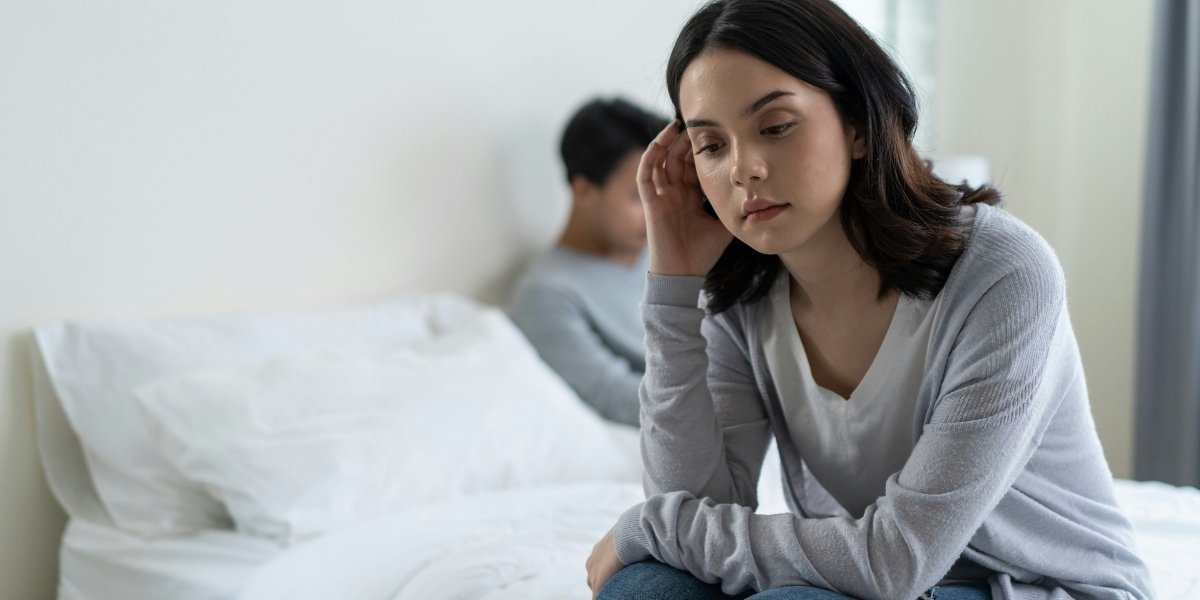Quiet Quitting in Marriage: Why Women Walk Away Slowly
Quiet quitting has become a term commonly used to describe disengagement in the workplace, but it is now finding its way into conversations about relationships, particularly marriage. The phrase refers to a gradual emotional and mental withdrawal that occurs long before separation papers are filed. This subtle process has sparked conversation about how marriages evolve when one partner begins to step back, quietly disconnecting over time.
For many women, quiet quitting in marriage isn’t about a sudden decision. Instead, it reflects years of emotional imbalance, miscommunication, and unaddressed needs. By the time a marriage ends, this withdrawal has been happening quietly for some time, leaving the other partner blindsided by the sudden announcement of separation. The shift is rarely abrupt but rather a slow build-up that, for some, becomes the only way to cope.
Reports from Newsweek and The Cut suggest that women initiate the majority of divorces in the United States. While the statistics provide insight into the broader trend, the deeper story is how the disengagement unfolds slowly, reshaping expectations of what marriage means in the modern age. The term quiet quitting makes this dynamic more accessible, highlighting the emotional weight that can build up silently before it eventually bursts.
Signs of Quiet Quitting in Marriage
Quiet quitting in marriage often starts with small, seemingly insignificant changes. Women may stop initiating conversations, reduce their involvement in shared activities, or limit emotional availability. These shifts may go unnoticed in the short term, but over time, they create emotional distance that can be hard to bridge.
Experts on relationships note that many partners feel blindsided when divorce is announced, often because they did not recognize the early signs of withdrawal. The silence isn’t an act of avoidance, but rather a manifestation of exhaustion, exhaustion from trying, repeatedly, to address unresolved issues. This gradual withdrawal can make the eventual separation feel like a shock, even though it has been building up over the years.
Quiet quitting isn’t about indifference or abandoning the relationship. Instead, it reflects a conscious decision to stop putting energy into a partnership that no longer feels reciprocal. Recognizing these subtle signs early can provide an opportunity for couples to have crucial conversations and make changes before the marriage reaches a point of no return.
Why Women Choose Quiet Quitting
Research has shown that women often bear the brunt of emotional and household responsibilities in marriages. When these efforts go unnoticed or remain unbalanced, burnout can set in. quiet quitting becomes a coping mechanism, an emotionally safer alternative to constant conflict and confrontation.
Expectations within marriages also play a significant role in this dynamic. Many women feel the pressure to maintain harmony, even at the cost of their own well-being. Quiet quitting provides a way to step back without having to engage in difficult, often heated confrontations. While the long-term impact can be just as significant as an outright separation, it avoids the immediate fallout that often accompanies more direct actions.
Statistics show that women initiate around 70% of divorces in the U.S. This data highlights the fact that quiet quitting often precedes formal separation. It’s not about suddenly abandoning a marriage but about reclaiming space after years of imbalance and emotional neglect.
Public Conversation Around Quiet Quitting
The rise of this term in relation to marriage has sparked a wave of debate in the media and among relationship experts. Some view it as a symptom of communication breakdowns, while others see it as a reflection of shifting expectations within modern marriages. The framing itself invites further discussion: is disengagement a failure of partnership, or a necessary step toward self-preservation?

Photo Credit: Unsplash.com
Many men often feel blindsided by their wives’ disengagement because they fail to perceive the gradual withdrawal. This raises an important question: how can couples better recognize and address emotional distance before it becomes irreversible? Silence within a marriage is rarely an indication of satisfaction. More often, it signals unmet needs and deepening dissatisfaction.
By reframing the concept as quiet quitting, the narrative shifts toward understanding rather than blame. This new perspective encourages open dialogue about emotional labor, fairness, and evolving expectations in marriage. The term resonates with many because it connects the familiar idea of disengagement in the workplace to personal relationships, making the concept both accessible and relatable.
What Quiet Quitting Reveals About Marriage
Quiet quitting in marriage serves as a reflection of the evolving dynamics in modern relationships. It underscores that disengagement doesn’t always happen abruptly, it’s often a gradual process shaped by changing expectations, emotional labor, and personal boundaries. This shift encourages couples to reflect on how they share responsibilities, communicate, and nurture emotional connection.
For women, it represents both a form of self-preservation and agency. It allows them to step back from an unbalanced situation, reassessing their options for the future. For men, recognizing the signs of withdrawal early may offer opportunities to rebuild trust and communication before the relationship breaks down completely.
Ultimately, quiet quitting in marriage is a reminder of the importance of awareness and open communication. Recognizing the factors that contribute to emotional disengagement can lead to healthier, more fulfilling relationships. Understanding this trend also encourages couples to move beyond silence and toward proactive solutions. The conversation surrounding quiet quitting is not just about endings but about






